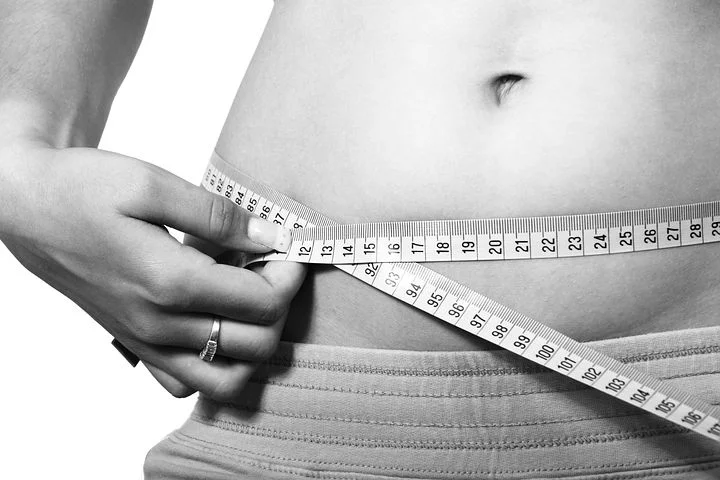Best Way To Lose Fat?
FATLOSS CAN BE COMPLICATING.
There are so many options out there when you’re thinking about losing weight and there are so many conflicting opinions about which is the best exercise style.
Does traditional distance cardio work best when trying to lose fat or is HIIT the way to go?
If you’ve been following health and fitness you’ve definitely heard some debate, but a lot of articles are usually one sided (especially those wanting to sell something). We’ll be aiming to give you an unbiased view, offering the pros and cons from both perspectives.
This study on the effects of exercise intensity on body fat and muscle metabolism has been referenced countless times in various health and fitness articles and is supposed to show that HIIT can be 9x more effective, but “effective” can mean different things to different people.
In truth, there are many things to consider when deciding what to do in order to achieve your goals, such as:
Time commitments
Personal preference
Current health status
Time
If life is busy and you’re under time constraints, high intensity may be the way to go for fat loss as it has been demonstrated to burn energy, both during and after a workout is completed. While traditional distance cardio does this to a lesser extent, HIIT is more effective for time in this way. It also tends to improve muscle tone as the activity is more vigorous, causing the body to adapt to higher stress (and get stronger and more toned as a result). With time as a factor, you may get more bang for your buck with HIIT style work outs.
Personal preference
Some people don’t like exerting themselves intensely or might just enjoy going for walks and more prolonged forms of activity. Cardio doesn’t always have to mean running endlessly on a treadmill indoors. It can also mean outdoor activities where you get to soak up sun, fresh air, and experience nature. Outdoor activities have also been shown to improve mental health, for example mood regulation, depression, and stress management.
Current Health Status
If you have a heart condition or something that can be negatively impacted when you spike your heart rate, high intensity may not be the way to go necessarily. At least when it isn’t monitored properly or supervised (eg with a qualified trainer). That shouldn’t scare anybody from exercising hard, but is just another factor to consider. We recommend starting with what you can and then progressively challenging yourself from there, in these cases.
It really just comes down to the individual
Some people prefer shorter bouts of exercise that also incorporate muscle toning benefits, while others prefer longer and less intense exercise that is more focused on endurance.
Our thoughts? We recommend both! You're much more likely to continue doing exercises you enjoy.
In Summary
TRADITIONAL CARDIO CONS
Repetitive stress in specific areas, particularly in activities that repeat the same movements eg running and knee pain.
Takes longer to burn fat and energy
Less effect on muscle tone and size
TRADITIONAL CARDIO PROS
Great for aerobic endurance and stamina
Improves cardiovascular health
Outdoor activities have many benefits such as Vitamin D intake and also help with mood regulation, depression, and stress management.
HIIT CONS
High intensity is usually coupled with high impact and along with poor technique can lead to a higher chance of injury vs low intensity.
Potentially dangerous for high risk individuals eg those with heart disease (when not monitored properly)
HIIT PROS
Quick workouts that burn a lot of energy
Helps to tone up muscle at the same time
Suitable for people who are short on time
Interesting reads:
‘Impact of exercise intensity on body fatness and skeletal muscle metabolism’
https://www.ncbi.nlm.nih.gov/pubmed/8028502‘A prescription for better health: go alfresco’
https://www.health.harvard.edu/newsletter_article/a-prescription-for-better-health-go-alfresco‘The Relationship Between Outdoor Activity and Health in Older Adults Using GPS’
https://www.ncbi.nlm.nih.gov/pmc/articles/PMC3546779/
What form of exercise do you prefer for fat loss? Low intensity or High intensity?
Authors: Sam High, Laurent Pang
ONI Personal Training | Massage Therapy | Nutrition Coaching



